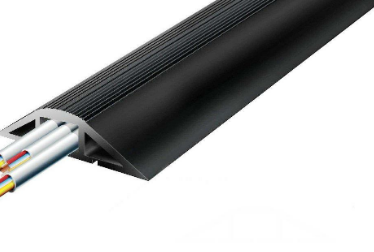Rubber Cable Trunking have traditionally been made using a hard-wearing rubber compound called Tyvek, but they have become increasingly more affordable in recent years. Today, they can be found in a wide range of different materials and colors, as well as being made in numerous different configurations. The Tyvek material is often used as the underlying material for insulation within trunk cable assemblies. As it is very tough and durable, it also makes a great material for assembly and mounting purposes. In addition, because it can easily bend, it is used to make cable covers and other specialized accessories.

Rubber cable trunking offers many advantages over other common forms of cable management. As it is made using a thick, dense material, it provides excellent protection against damage. In addition, rubber cable protectors offer a good level of security, since damage is usually more difficult to remove when they are in place. Additionally, the material is available in a variety of colors, allowing manufacturers to produce a wide variety of styles for a cable protector’s use.
Rubber Cable Trunking has many applications, including cable transportation, indoor plant growth, and industrial applications. As its name indicates, connect cable protec rubber trunking is made by combining rubber strands with various other materials. For example, the product type may be made by combining polypropylene (PP) and nylon fibers, or by using twisted polyethylene (EPDM). The final product is typically an elongated tube that offers excellent insulation against heat and cold. It also provides excellent electrical and mechanical conductivity, as well as resistance to corrosion.
Cable protector materials differ widely in the amount of flexibility they offer. Some rubber varieties are so flexible that they can be cut to fit any size wire, while others are not quite as flexible and may only withstand being stretched over a short length of time. Still others are somewhat inflexible but provide excellent protection.
Another common use of rubber cable trunking is in plumbing applications. Water pipes may be protected from corrosion through a process called galvanization. This process involves adding salt to the water supply, which creates a conductive layer on the pipe. When the water is used to fill a piping system, the plastic protectors prevent the metal from coming into contact with the plastic, thus protecting it. As a result, piping coated with protectors will remain free of corrosion for a long time.
There are many other uses for rubber cable trunking. It can be used in a variety of different applications, including building and construction, plumbing, automotive, electronics, and food service. Wherever you use it, you will discover that rubber cable trunking is versatile and extremely useful. In fact, rubber tubing can even be reused after its primary use has been completed. You might even find that this material is so versatile that it can be used in new areas. The possibilities are virtually endless.